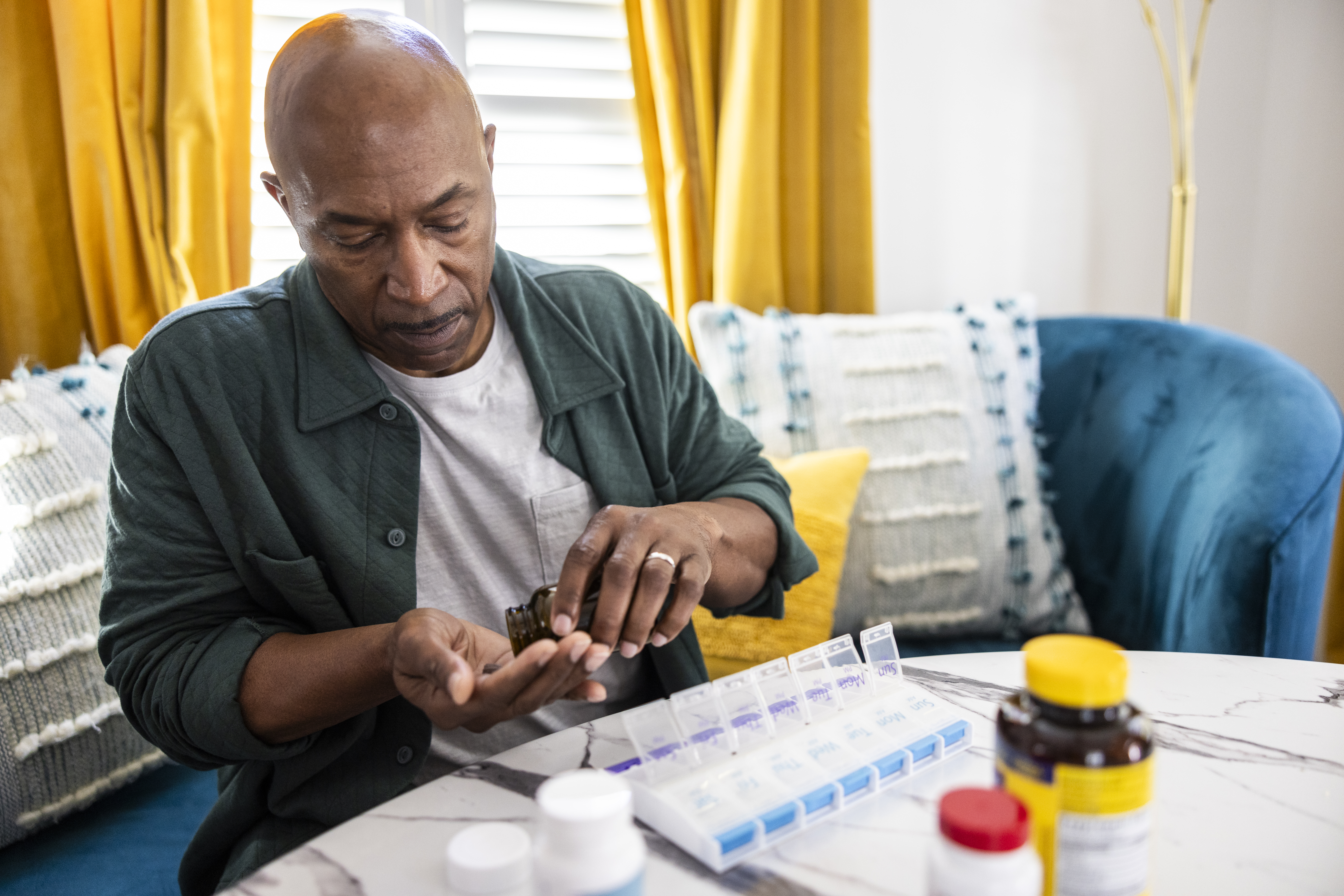If your doctor mentions the acronym AAA, he or she probably isn’t suggesting you join the American Automobile Association.
While most people associate “Triple A” with the organization that will fix a flat tire or tow your car, when a doctor talks about it, he or she means an abdominal aortic aneurysm. The aorta is our main artery; it carries oxygenated blood from the heart to the rest of the body. And an aortic aneurysm is a weak, bulging area of the part of the aorta in the abdomen. It can be life-threatening.
AAAs are associated with weakened blood vessel walls due to atherosclerosis (hardening of the arteries) and similar conditions. Risk factors include genetics (if a parent or sibling has had an AAA, you’re 12 times more likely to develop one), high blood pressure and being a white male of Northern European descent and a smoker, said Dr. Edward Morrison, a vascular surgeon with Novant Health East Cooper Vascular Surgery - Mount Pleasant.
Book now with your doctor to talk about a vascular checkup
What’s more, AAAs often have no symptoms. If you do experience symptoms – abdominal or back pain, a pulsing sensation in the stomach – you likely wouldn’t recognize them as serious since they can be associated with a host of conditions.
AAAs are more common in men, Morrison said. Each year, about 200,000 people in the U.S. are diagnosed with an AAA.
Get screened for AAA if you’re at risk.
Many people don’t realize they have an aneurysm until they’ve reached a life-or-death point.
“ In my experience about 30% of aneurysms are found when someone comes to the ER with acute abdominal pain and a near rupture,” Morrison said. “And then, it’s a major deal. We’d much rather screen those patients beforehand.”
Learn about exceptional vascular care
And screening is quick, easy and painless. It’s done in a doctor’s office via ultrasound, which Morrison described as “jelly on your belly.” (See Why abdominal aortic aneurysms require monitoring | Novant Health | Healthy Headlines for more on what’s involved.)
Primary care doctors should be telling patients in high-risk categories that they need to be screened. If you’re high-risk and haven’t been screened, ask your doctor about it.
The general guideline for primary care physicians to follow, Morrison said, is to screen white male smokers older than 63 if they have smoked more than 100 cigarettes in their life. “That's an interesting number, 100. That amounts to just three packs over a lifetime, which shows there’s a big group not being screened who should be,” Morrison said.
If an aneurysm is found during a screening, there’s no cause for panic. Unless it’s 5 to 5.5 centimeters in diameter (about 2 inches), “we’re likely going to watch it until it gets big enough to repair,” Morrison said. “Watching it” means it’s checked every six months via ultrasound.
That 5- to 5.5-centimeter threshold is the result of a British study that involved tens of thousands of veterans with small aortic aneurysms, Morrison said. The study found there was no advantage in repairing AAAs smaller than 5.5 centimeters when compared to monitoring the size every six months.
“When I finished my medical training, we routinely operated on 4-centimeter aneurysms,” he said. “We don't do it anymore; we don't need to.”
In Morrison’s experience, patients who know they have an AAA “are generally very compliant about their check-ups – especially once you show them the plaque inside an artery.”
That said, if you’re among those who are not staying on top of visits, do yourself a favor and get back in the routine immediately. Anyone with an aneurysm “ought to be followed long-term,” he said, “since, unfortunately, we have no medicine to make them go away.”
Surgical AAA repair or removal
If an AAA is over 5.5 centimeters or smaller but growing rapidly, surgery may be necessary to repair or remove the weakened area. There are two main types of surgery, and both are performed under anesthesia:
Open surgery: A surgeon makes a large incision in the abdomen to reach the aorta and then uses a graft to repair the aneurysm. Open surgeries require longer recoveries than minimally invasive ones, which have much smaller incisions.
Endovascular aneurysm repair (EVAR): This minimally invasive option involves a small incision in the groin to allow the surgeon to reach the femoral arteries. The surgeon inserts a stent graft through blood vessels to support the aorta. Then, he or she pushes small tools through a catheter and up to the aneurysm and repairs it. It’s less involved than open surgery, and patients typically spend just one night in the hospital. Recovery is far quicker and there’s less pain and smaller scars.
“Not everybody can be stented,” Morrison said of the EVAR option. “You have to have the right contours of your anatomy for it to work. But the technology is marvelous.”
Either method is preferable to a ruptured AAA, which can cause sudden, extreme pain in the abdomen or back and lead to a decrease in blood pressure and loss of consciousness.
“Half the people whose aneurysms rupture die before they make it to the hospital,” Morrison said. “Those who make it to a hospital have a 25% to 50% mortality rate. It’s a disaster to wait for a rupture – a real disaster.”
The automobile AAA guarantees you roadside assistance when you have car trouble. Getting screened for an abdominal aortic aneurysm provides similar peace of mind.











